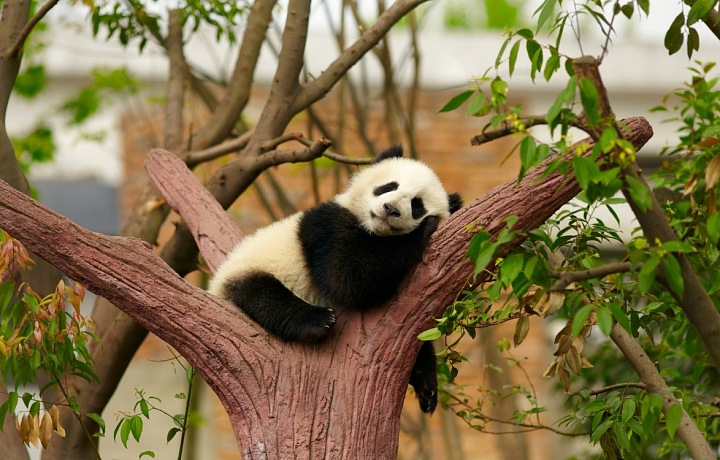In China Panda Bears Travel by Plane! They Have Good Reason for it.
Pandas move from the Beijing ZOO to Sichuan to enjoy better weather.
Approximately once a year, employees of the ZOO put the pandas on a plane and transport them to Sichuan. China is a huge country and while in Beijing there is a harsh winter, in the Sichuan province the weather is temperate and pleasant. The pandas however don´t just go there to keep warm. They go there for an important mission, too, which is necessary for their existence!
In Sichuan there is the largest place of refuge of panda bears. This is a set of reservations and national parks with a total area of 9,245 km2, which are part of the global historic heritage, UNESCO. More than 30% of the world population of panda great live here and it also serves as a place of refuge for other endangered animal species.
In Sichuan there is the largest base for pandas
This base with a simplified called Chengdu Panda Base was established in the year 1987 and it all started with just 6 pandas. In 2008 this breeding centre achieved a total of 24 panda cubs born here. The aim of the base is to be a world-class research centre for education and tourism.
For pandas who become pregnant at the Beijing ZOO at the time of frosts, the conditions for delivery are not too ideal and are often dangerous both for the mother as well as the cub. That´s why they are transported to Sichuan, where there is a more temperate climate. Here pandas give birth in better conditions and then they travel back with their young. The young, which are not in good shape, remain here.
Panda bears at Chengdu ZOO
The entire ZOO has an area of approximately 17 hectares and it is the largest ZOO in southeast China. There is a total of more than 3,000 animals. It is here that visitors can best get close to giant panda. Here there are pandas of various ages including cubs. The panda house, where panda bears are kept, is the most popular part of the ZOO.
Pandas great live mainly in mountainous areas of central China and from the second half of the 20th century they are a symbol of this country, which is also depicted on Chinese gold coins.














